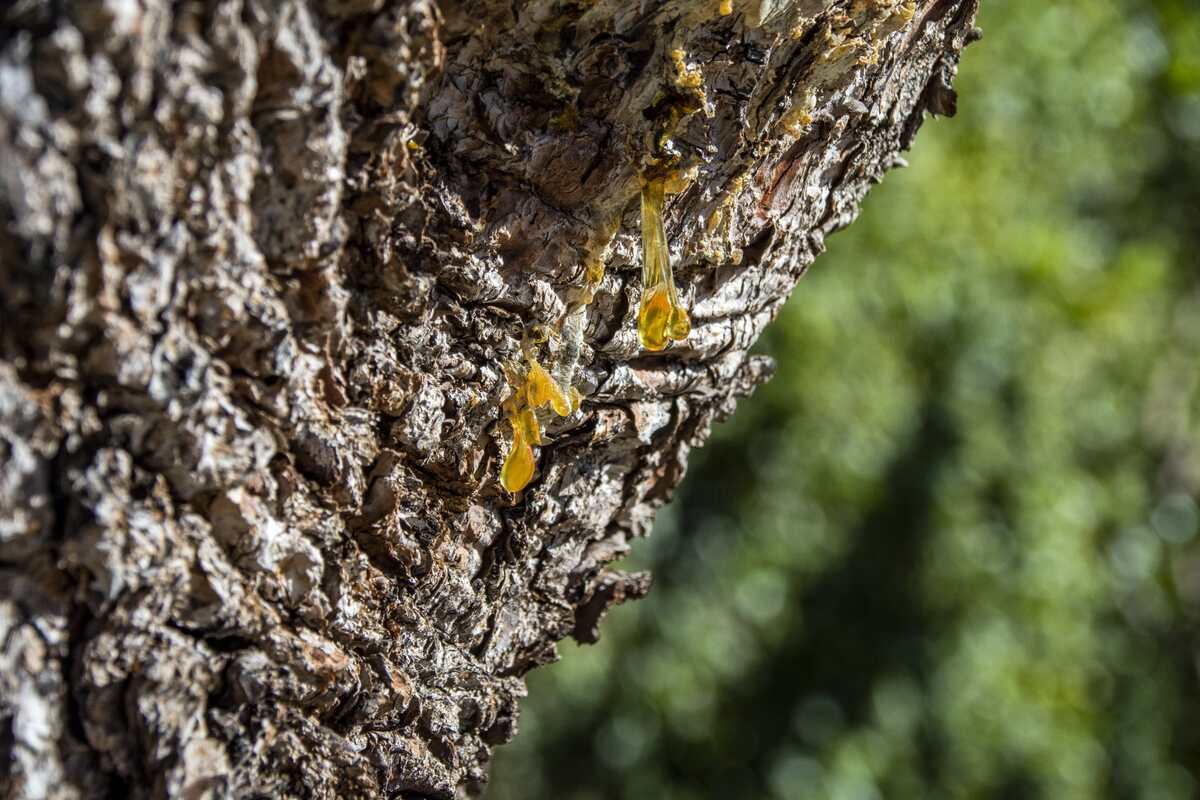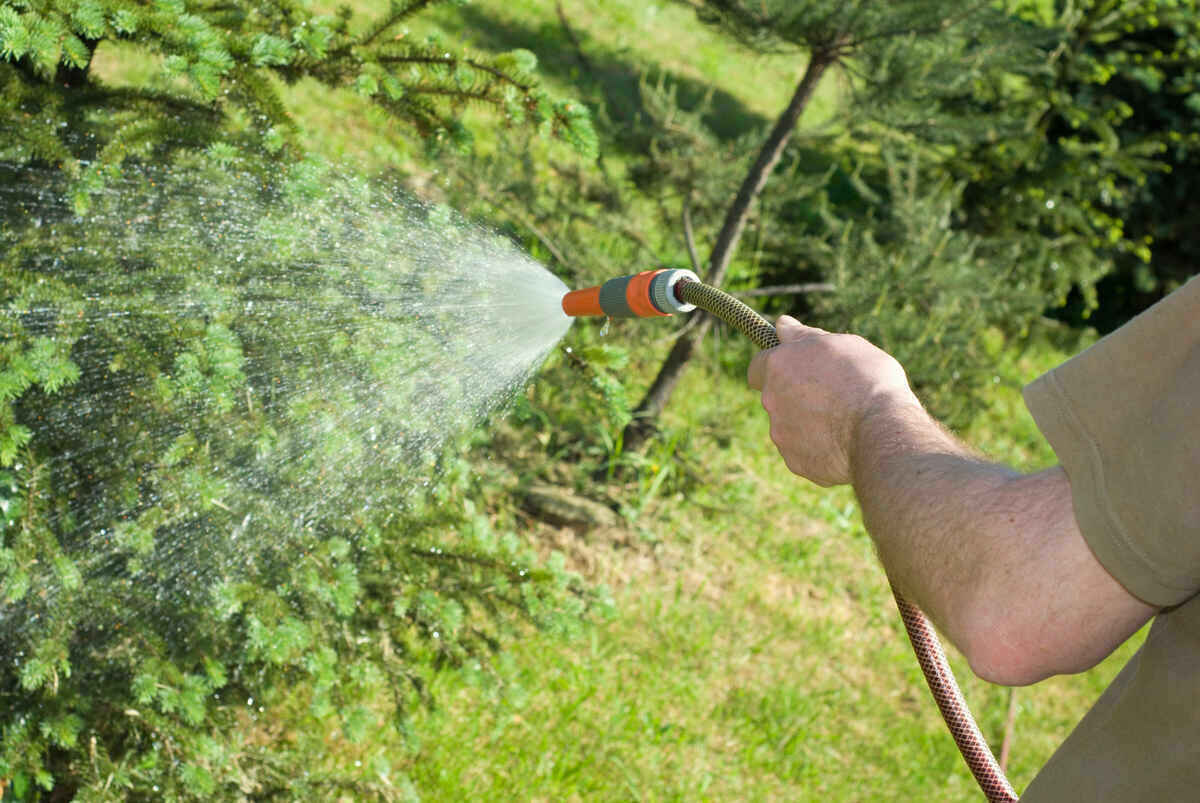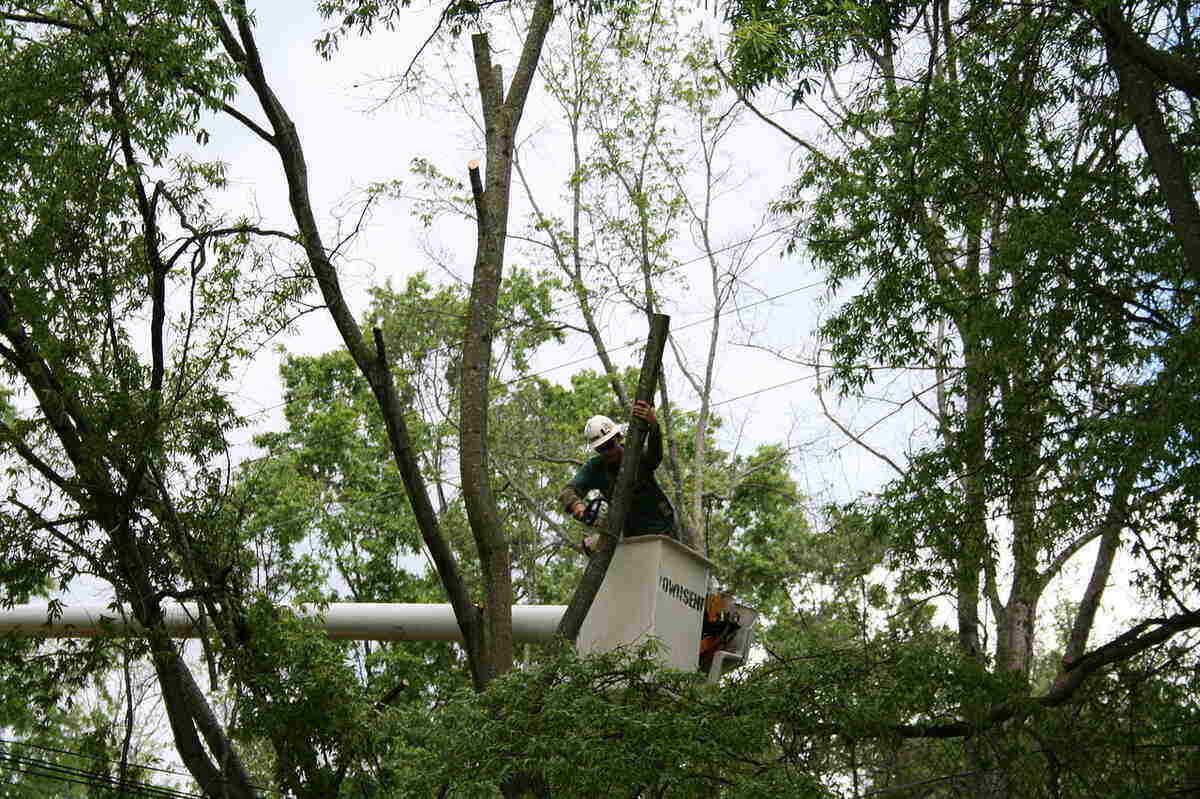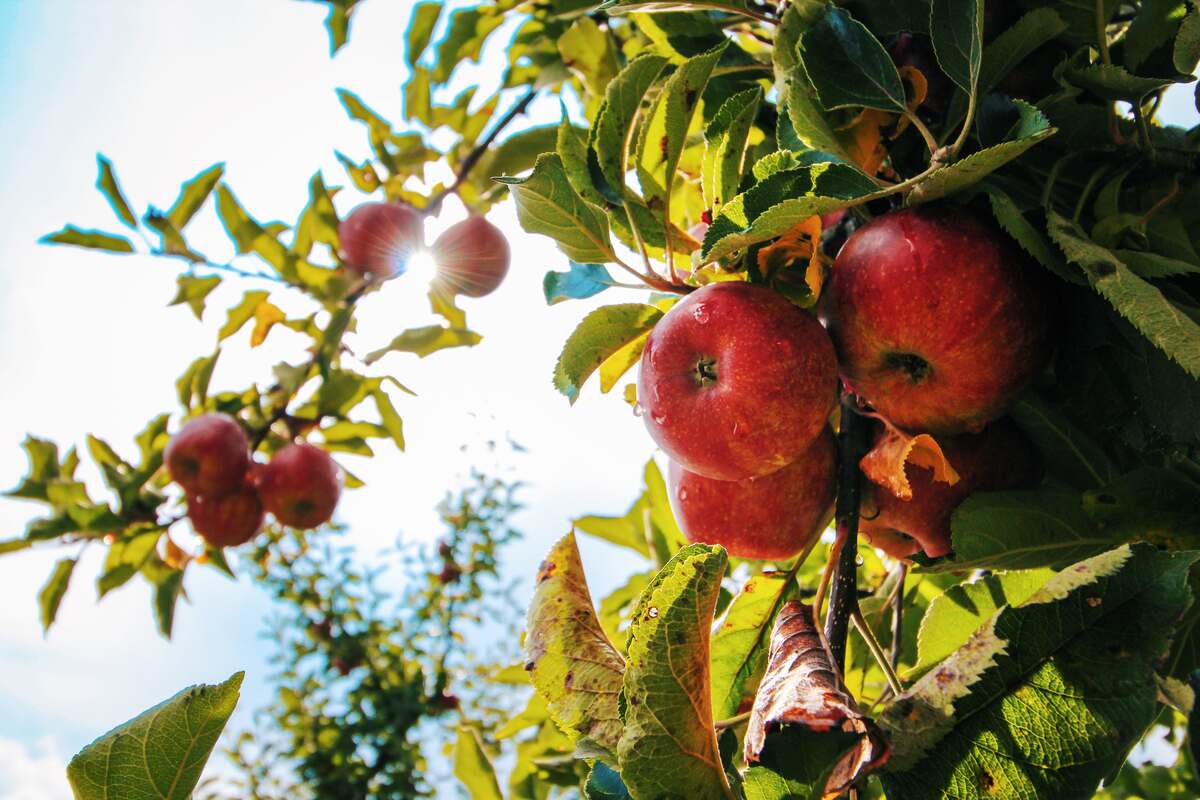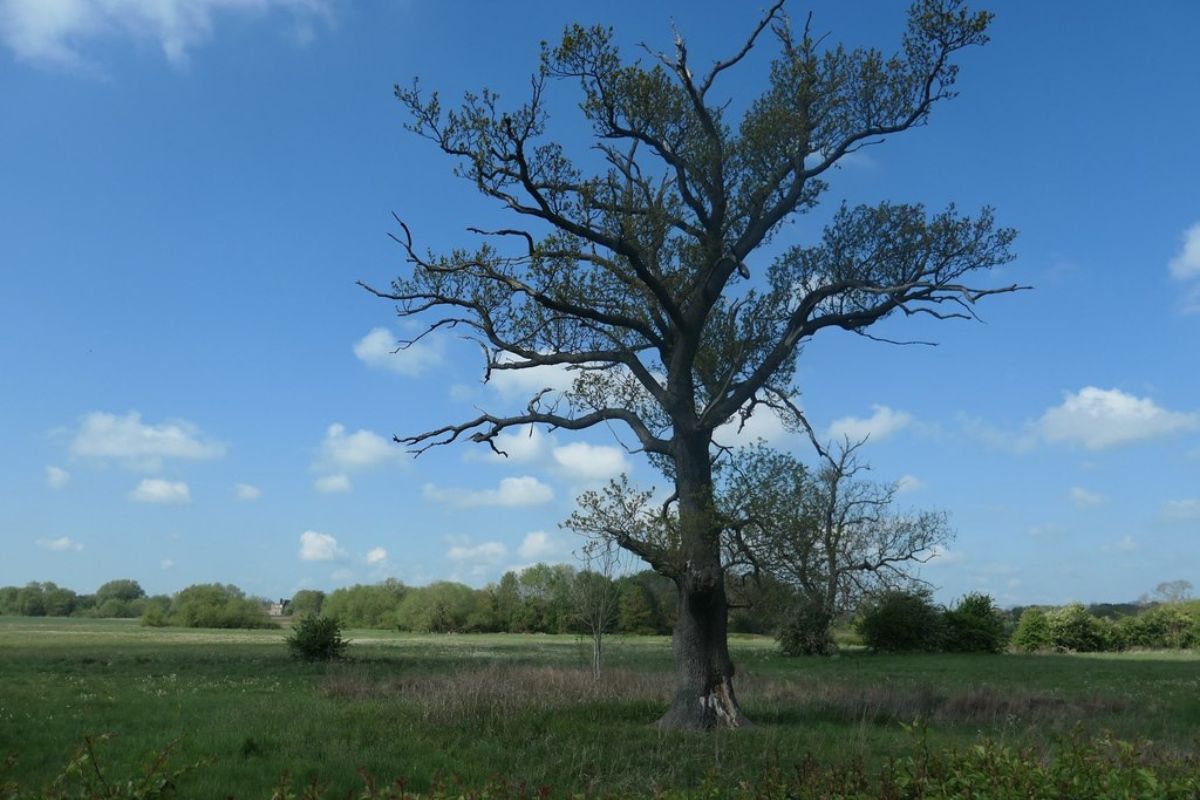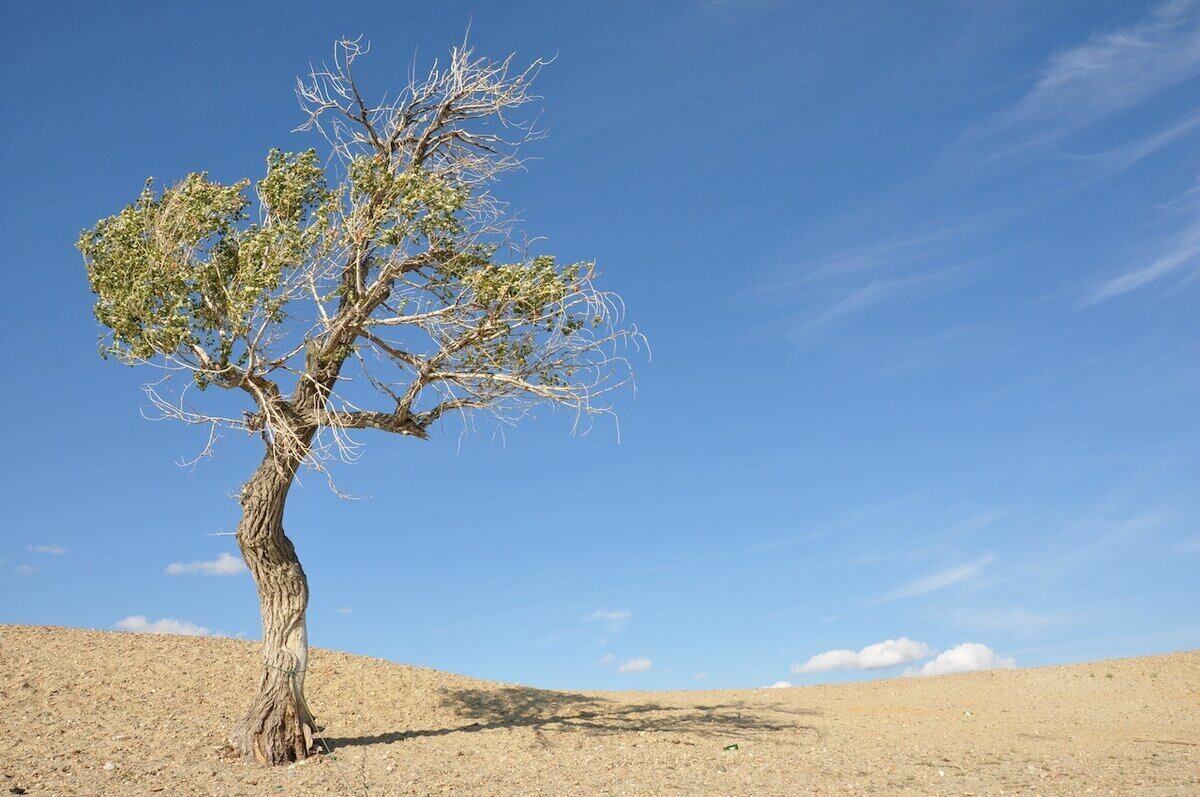
Wipe those tears away! There’s no time to weep over a wilting willow if you plan to save your tree. The sooner you get to work, the more likely you will be to save your dying tree.
Along with old-fashioned tender, loving care we will detail the best techniques to help you as you work to nurse your tree back to health.
In this article, we’ll cover:
- Identify the Issue
- Properly Prune
- Give Your Tree the Right Amount of Water
- Fertilize to Add Nutrients
- Spread Mulch Around Your Tree
FAQ About How to Save a Dying Tree
How to Save a Dying Tree
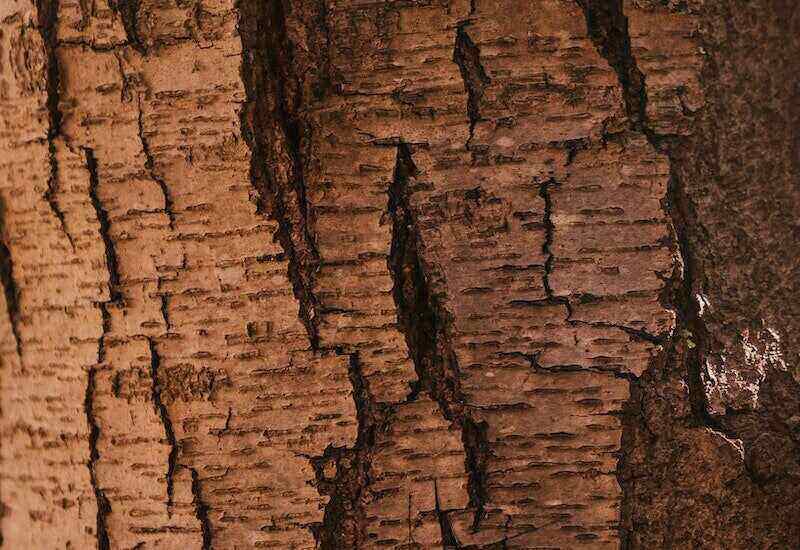
There may be times when saving a tree is just not possible. But if you catch the problem early enough, there are a number of things you can do to bring your tree back to picture-perfect health.
Identify the Issue
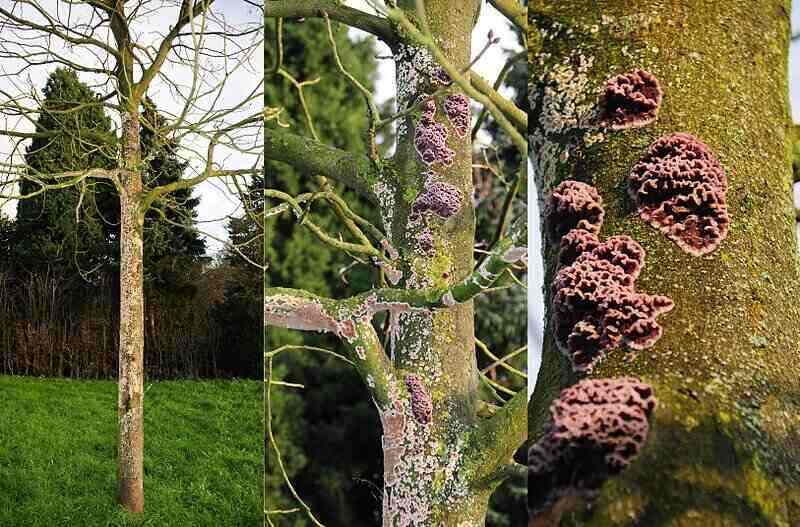
First, before you do anything else, you need to establish the root of the problem and any secondary issues. Is your tree in distress due to an injury? That may only be one of the problems. But often a tree injury can be the entry point for diseases and pests. Treat both problems so you don’t have a repeat infestation down the road.
Common Types of Tree Issues
- Tree Wounds: Whether created by man or Mother Nature, it is important to remove dead and injured bark and to cut away any loose bark for a clean, smooth surface.
- Disease: Identify disease as soon as possible in order to save the tree. Cut away affected areas to stop the spread of the disease. Fungicides and insecticides also may be required to cure the disease.
- Soil pH Imbalances: Your tree could be in distress if its soil pH preferences don’t match your soil. You will want to either purchase a DIY soil pH test kit online or at your local garden center or send your soil to be tested by your local cooperative extension lab for a comprehensive analysis.
- Insect infestation: Trees are susceptible to many kinds of pests that can create all kinds of havoc on the inside of a tree. Termites, ants, and roaches are just a few of these pests that if left unchecked and untreated, could potentially lead to the death of the entire tree.
- Climate/Environmental: Nothing stands in the way when Mother Nature spins up a storm. Wind and lightning can cause a tree to split creating open wounds that will need pruning. A tree may also experience stress if the overall climate doesn’t match the tree’s preferences, including microclimates within your yard. For instance, a tree that prefers lots of sunlight but is planted in a shady area will experience difficulty growing.
Properly Prune
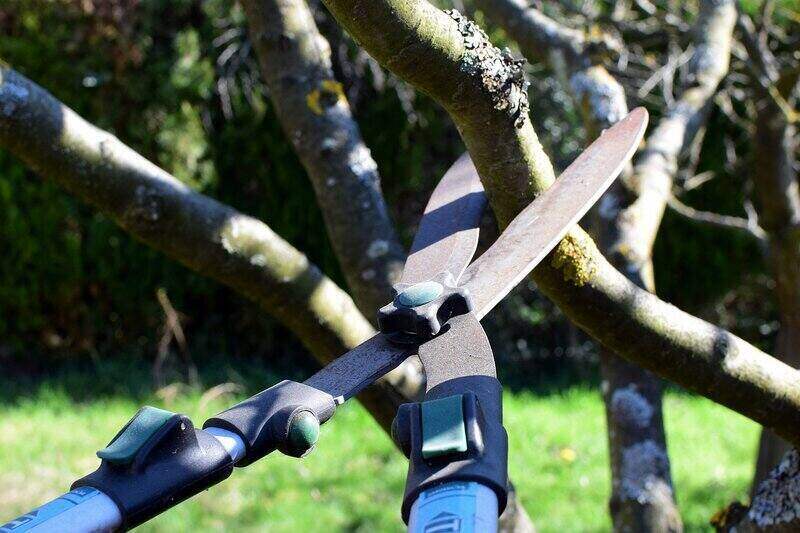
When trying to save a dying tree, proper pruning is important because dying branches can be an entry point for insects and diseases. You will want to remove these and any other unhealthy or dead branches to prevent the disease from spreading.
However, there is an art to pruning. So if you’re new to pruning or even if you’re a veteran, check out LawnStarter’s Pruning 101: A Guide to Trimming Bushes, Hedges, Shrubs for tips on proper pruning techniques.
When in doubt, always remember the 3 D’s of pruning:
- Dead
- Dying
- Diseased
Be sure to properly dispose of diseased branches so it doesn’t spread to other plants. A branch with a fungal disease casually tossed on the ground can spread the disease to your lawn.
Pro Tip: Just like a surgeon would sterilize his tools between patients, always make sure to sterilize your gardening tools when you’re done as well as between tree prunings so you don’t spread disease from one tree to another.
Give Your Tree the Right Amount of Water
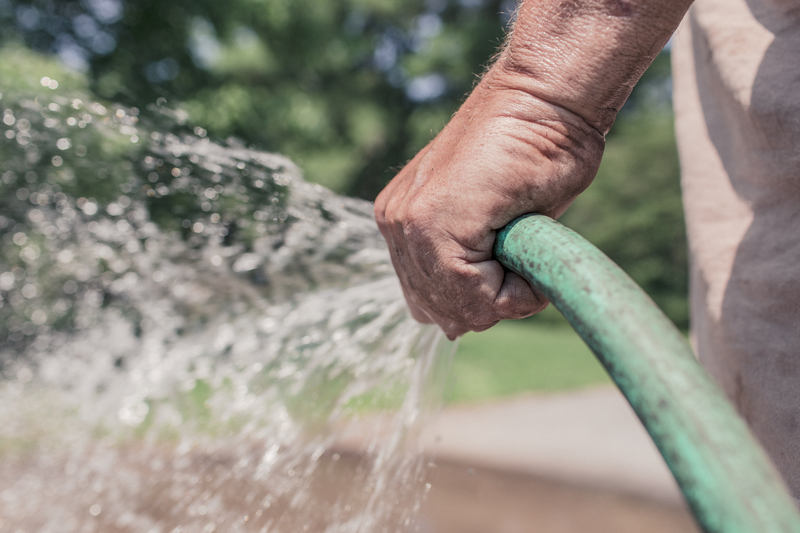
If a tree either hasn’t received enough water or if it’s a little waterlogged, you will need to correct these moisture issues in order to improve your tree’s health. Knowing your tree’s water preferences will help you to know when to water it and for how long.
Naturally mature trees are more likely than young trees to survive weather extremes, so give your younger trees a little extra attention during seasons of excess rain or drought.
When a tree may be suffering from drought and hot weather, water alone may be used or you can combine it with fertilizer to help improve the health of your tree.
If you consistently see excess water on the ground around the base of the tree, you may want to install a drain or find a way for the area to get more sunlight.
Signs of overwatering:
- Soft or soggy roots
- Lack of grass
- Moss or mold around the tree
- New growth withers
- Green leaves break easily
Signs of underwatering:
- Wilted leaves
- Undersized leaves
- Leaf scorch
- Early leaf drop
- Untimely fall color
Fertilize to Add Nutrients
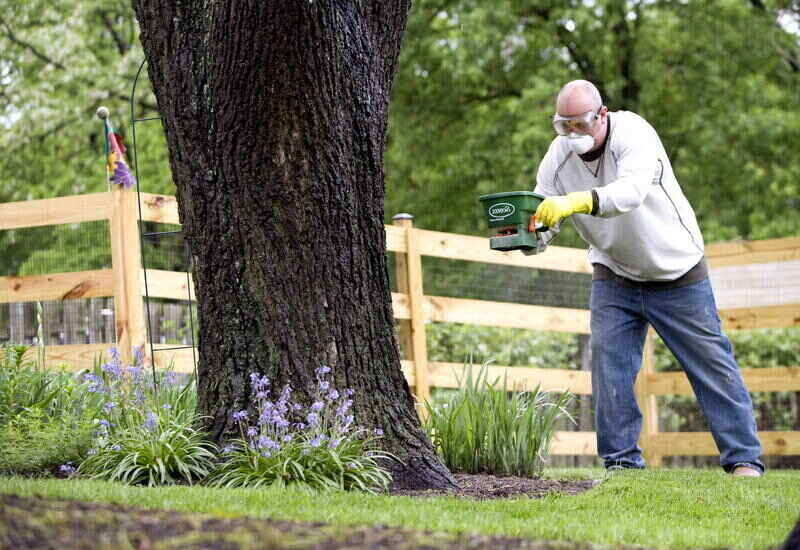
Before you buy any fertilizer, test your soil to find out what nutrients may be missing. Your tree may be stressed because it is not getting the right nutrition. Learning if you have acidic soil or alkaline soil also will help you to know what trees will thrive in your yard.
Understanding Fertilizer Numbers
Once you know the composition of your soil, it’s time to shop for fertilizer. There are three primary nutrients (NPK) that make up fertilizer:
- Nitrogen (N): A plant low on nitrogen will be subject to slow growth, less fruit and vegetable production, and the leaves may turn yellow-green. Too much nitrogen will cause a tree to focus on its leaves, forgetting about its flower’s blooms.
- Phosphorus (P): Helps a plant to use all its nutrients efficiently and guides plants through strong development. Either too much or too little phosphorus will result in a lopsided tree.
- Potassium (K): Promotes all-around well-being and helps with general growth. Potassium (also known as potash) strengthens cell walls for stronger stems helping a tree resist disease and pests. It also helps a plant weather the extremes of winter and summer.
A bag labeled 5-10-5 would contain 5 percent nitrogen, 10 percent phosphate, 5 percent potassium, and 80 percent filler. For more about fertilizer, see A Homeowner’s Guide to Fertilizer from the North Carolina Department of Agriculture and Consumer Services.
Typical Lawn and Garden Grades
- 5-10-5
- 5-10-10
- 10-10-10
- 8-0-24
- 6-6-18
Pro Tip: Go light when sprinkling fertilizer close to the tree. The chemicals could “burn” your tree if you use too much.
Spread Mulch Around Your Tree
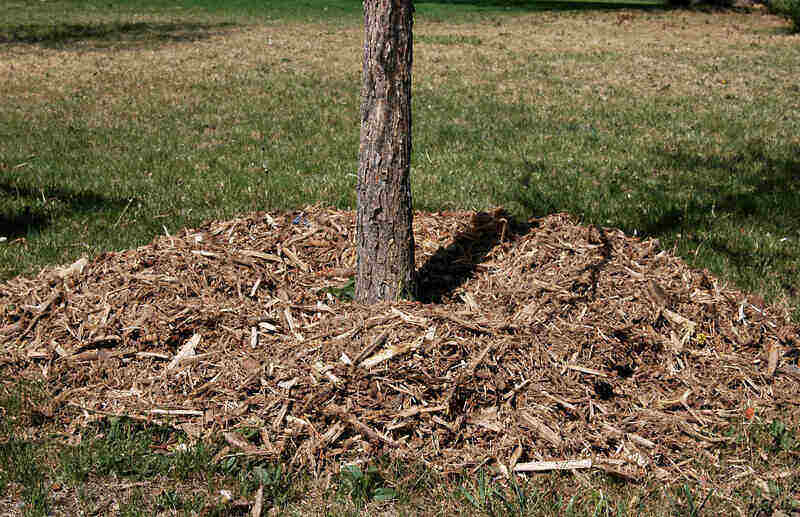
Adding mulch around the base of the tree is a great way to nourish the soil and help prevent fungal disease, regulate soil temperatures, help with drainage, and restore the tree’s overall health.
While it may be easy to think more is better, when it comes to mulch, think less is best. Tree roots need to be able to breathe or they could begin to rot. Too much mulch can also be a breeding ground for insects, fungi, and bacteria.
Stick to a 2- to 4-inch layer, and use even less if the soil is poorly drained. Use only 1- to 2-inches if using finely textured or double-shredded mulch. Also, keep mulch about 6 inches away from the trunk, allowing the root flare to show.
Pro Tip: Mulch should have direct contact with the tree’s roots.
Why Save a Dying Tree?
There are many reasons why it’s worth the effort to save a tree. For one, it takes years of care and maintenance for a tree to grow into a large, mature tree. You don’t want to spend 20 years cultivating and protecting a tree just to get rid of it and have to start all over.
- When properly maintained a tree can bring value to your home as well as add to the overall curb appeal.
- A large tree in the right location can provide protection from heat and wind. A healthy tree helping to shade the western side of your home can help keep your home cooler on a hot summer afternoon.
- A tree can provide a calming effect and add color to your outdoor area.
- Trees are also good for the environment as they put out fresh oxygen as well as provide a habitat for wildlife like birds and squirrels.
Signs of a Dying Tree
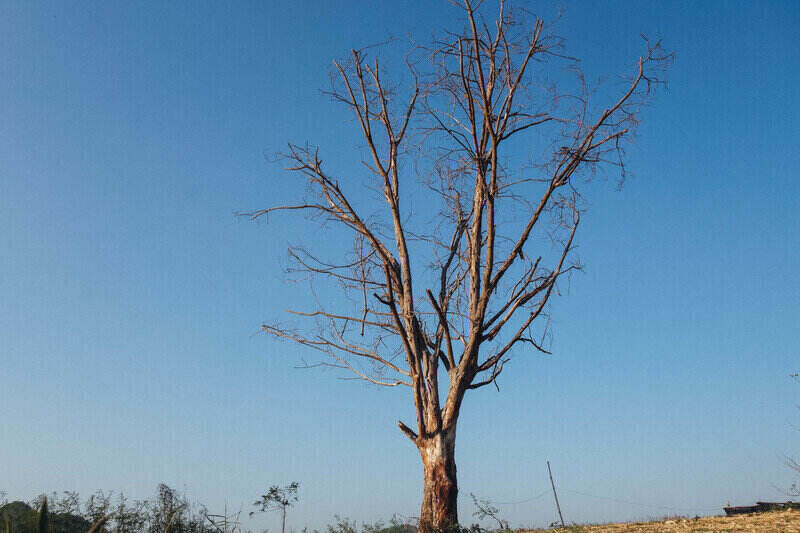
While a tree can’t tell you what the problem is, there are numerous ways a tree does show it’s in distress. Dead twigs and brittle branches could signal a nutrient flow problem or sap oozing from holes may mean you have an infestation of borer insects.
Common Signs of a Dying Tree
- No leaves
- Misshapen or discolored leaves
- Exposed roots
- Root rot
- Fungal bodies growing on the tree or around the roots
- A leaning tree
- Bark falling off
- No green under the bark
- Open wounds
- Softness or decay
For more see LawnStarter’s story on Signs of a Dying Tree.
FAQ About How to Save a Dying Tree
Potash is the common term for nutrients that contain potassium. Essentially potassium is derived from potash. Potash is generally used for creating fertilizer.
Diseases that attack the tree’s leaves are spread by wind and water droplets splashing from an infected tree to another tree. Tree diseases also can be spread through tools that have not been properly sanitized after use on an infected tree.
There are countless tree diseases that can wreak havoc on a tree’s health, these are just a few of the most common diseases.
• Dogwood Anthracnose: Attacks Pacific and flowering dogwoods
• Dutch Elm Disease: Attacks American elms, winged elms, September elms, slippery elms, rock elms, and cedar elms
• Eastern Filbert Blight: Attacks hazelnuts
• Oak Wilt: Attacks many species of oak trees
• Pine Wilt: Attacks nonnative pines
• Sudden Oak Death: Fatally attacks tanoaks, coast live oaks, Shreve’s oaks, California black oaks, canyon live oaks, Douglasfirs, coast redwoods, madrones, and many more.
• Thousand Cankers Disease: Attacks black walnuts
Do You Need to Hire an Arborist?
No matter whether you have a tree that needs a little trimming or a tree on the brink of death, it’s best to hire a professional to take care of the job. Let us help by connecting you with a certified arborist in your area.
Main photo credit: Pexels
